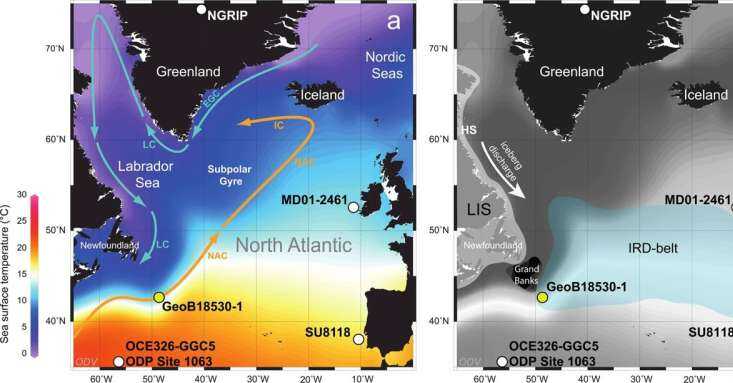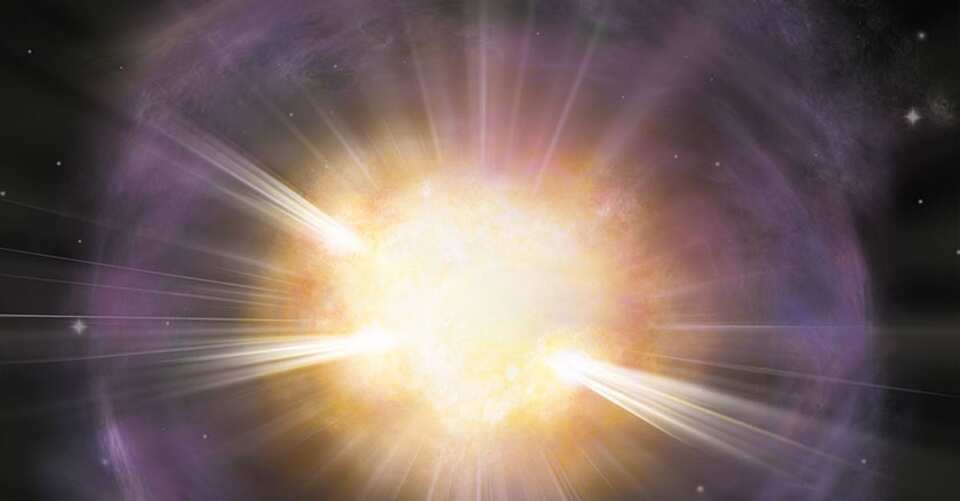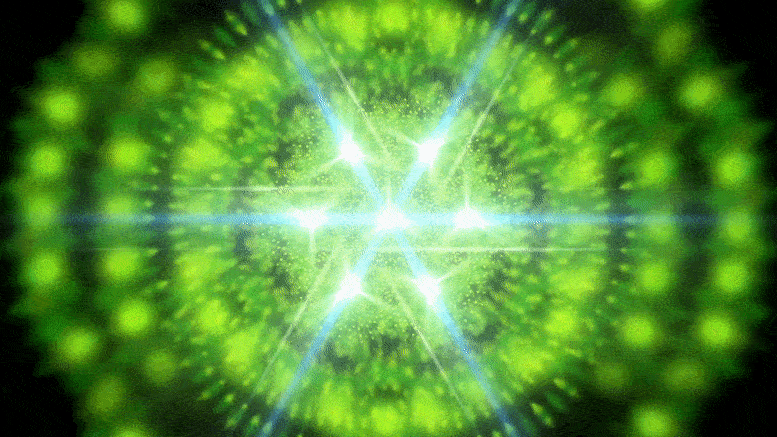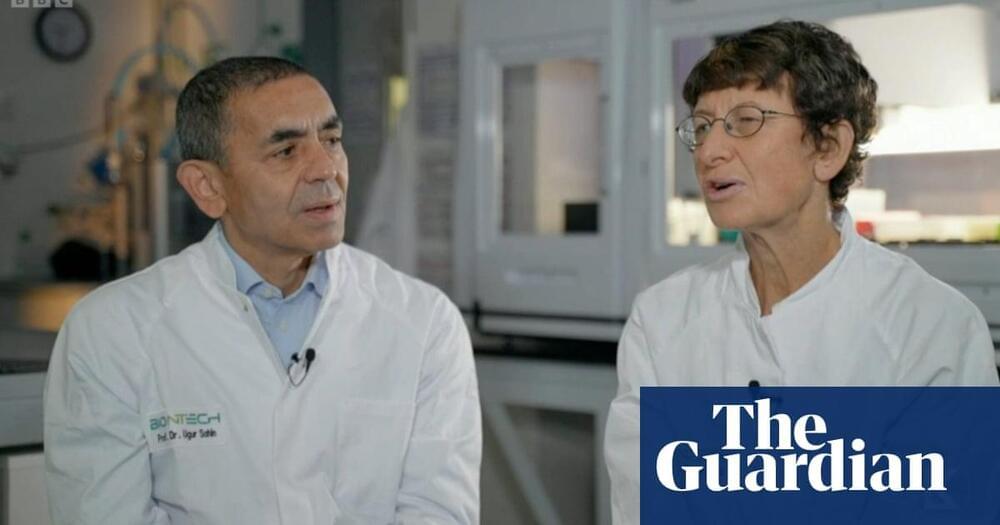Anosmia, or the inability to smell, can be caused not only by head injuries but also by exposure to certain toxins and by a variety of medical problems—including tumors, Alzheimer’s, and viral diseases, such as COVID. The sense of smell also commonly atrophies with age; in a 2012 study in which more than 1,200 adults were given olfactory exams, 39 percent of participants age 80 and above had olfactory dysfunction.
The loss of smell and taste have been dominant symptoms of COVID since the beginning of the pandemic. People with COVID-induced anosmia currently have only three options: Wait and see if the sense comes back on its own, ask for a steroid medication that reduces inflammation and may speed recovery, or begin smell rehab, in which they expose themselves to a few familiar scents each day to encourage the restoration of the nose-brain nerves. Patients typically do best if they seek out medication and rehab within a few weeks of experiencing symptoms, before scar tissue builds up. But even then, these interventions don’t work for everyone.
In April 2020, researchers at VCU’s smell and taste clinic launched a nationwide survey of adults who had been diagnosed with COVID to determine the prevalence and duration of smell-related symptoms. They’ve followed up with those people at regular intervals, and this past August they published results from people who were two years past their initial diagnosis. The findings were striking: Thirty-eight percent reported a full recovery of smell and taste, 54 percent reported a partial recovery, and 7.5 percent reported no recovery at all. “It’s a serious quality of life issue,” says Evan Reiter, director of the VCU clinic.








